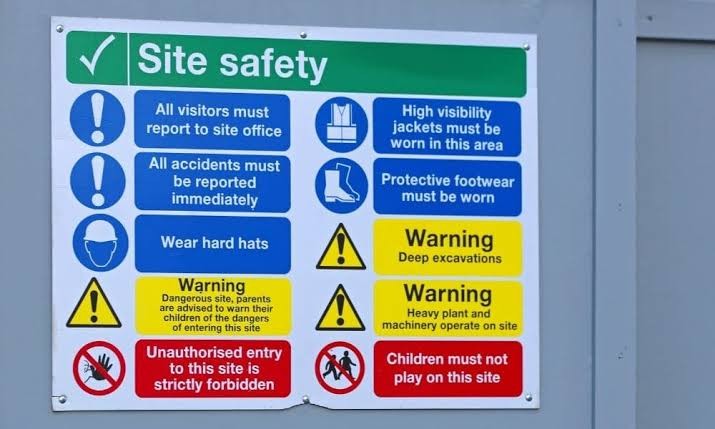Mechanical engineering workshops require strict adherence to safety protocols to protect workers and prevent accidents. Measures such as wearing personal protective equipment, proper equipment operation, and regular maintenance ensure a safe working environment and minimize risks.
Workshop safety involves identifying and addressing potential hazards in the workshop environment. It includes measures such as proper storage, PPE usage, fire safety, equipment maintenance, and employee training to ensure a secure work environment.
1. Chemical Hazards:
- Properly store and label hazardous substances.
- Use personal protective equipment (PPE) such as gloves, goggles, and masks.
- Ensure proper ventilation in the workshop.
2. Fire Hazards:
- Keep flammable materials stored in designated areas.
- Install and maintain fire extinguishers and smoke detectors.
- Regularly inspect and maintain electrical equipment.
3. Electrical Hazards:
- Use grounded electrical equipment.
- Avoid overloading electrical outlets and extension cords.
- Insulate and cover exposed wires.
4. Mechanical Hazards:
- Follow lockout/tagout procedures for equipment maintenance.
- Use guards and safety devices on machinery.
- Keep hands and loose clothing away from moving parts.
5. Ergonomic Hazards:
- Maintain proper posture and ergonomics while working.
- Use adjustable workstations and seating.
- Take regular breaks to prevent repetitive strain injuries.
6. Falling Hazards:
- Keep walkways clear of obstructions and spills.
- Use safety harnesses and guardrails when working at heights.
- Secure ladders and scaffolding properly.
7. Noise Hazards:
- Wear hearing protection in noisy areas.
- Isolate loud machinery or use noise barriers.
- Limit exposure time to high noise levels.
8. Biological Hazards:
- Use appropriate personal protective equipment when handling biohazardous materials.
- Follow proper sanitation and hygiene practices.
- Dispose of biohazardous waste according to regulations.
Protective Measures and Safety Practices:
1. Training and Education:
- Provide comprehensive safety training for all workshop personnel.
- Ensure everyone understands the potential hazards and safe work practices.
2. Risk Assessment:
- Conduct regular risk assessments to identify and mitigate hazards.
- Implement control measures to minimize risks.
3. Personal Protective Equipment (PPE):
- Provide and enforce the use of appropriate PPE for specific hazards.
- Train employees on the proper use, maintenance, and limitations of PPE.
4. Housekeeping:
- Keep the workshop clean and well-organized to minimize tripping and slipping hazards.
- Properly store tools, equipment, and materials to prevent accidents.
5. Emergency Preparedness:
- Develop and communicate emergency response plans.
- Regularly conduct drills and ensure proper functioning of safety equipment.
6. Equipment Maintenance:
- Regularly inspect and maintain machinery and tools to prevent malfunctions.
- Follow manufacturer's guidelines for maintenance and servicing.
7. Communication and Reporting:
- Encourage open communication about safety concerns.
- Implement a reporting system for near misses, accidents, and hazards.
8. Continuous Improvement:
- Regularly review and update safety policies and procedures.
- Foster a culture of safety through ongoing training and awareness programs.

Comments (0)
Please login to join the discussion
Be the first to comment on this article!
Share your thoughts and start the discussion